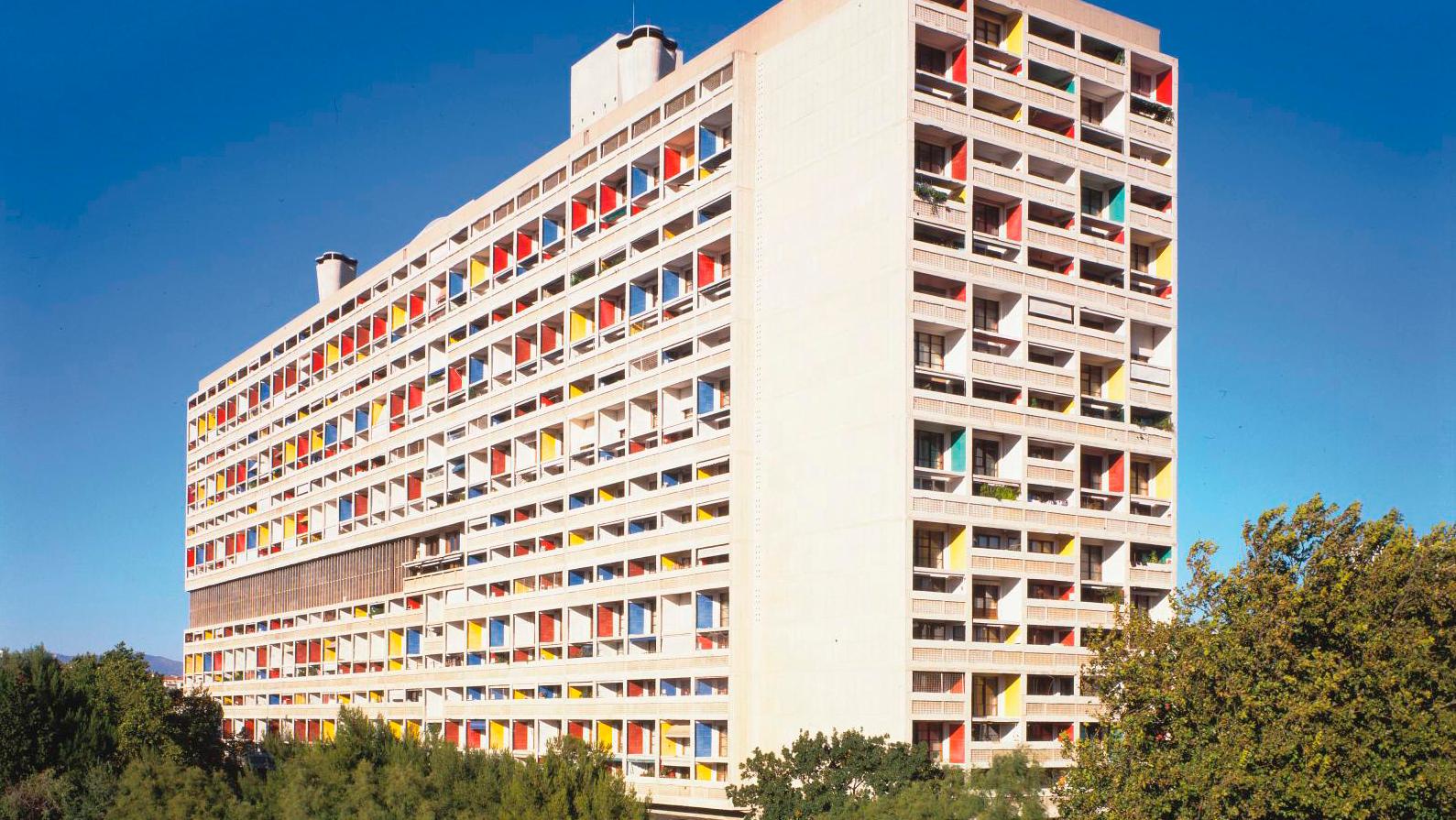Now a
UNESCO World Heritage Site, Le Corbusier's first housing unit was inaugurated in Marseille on October 14, 1952. Seventy years on, the post-war modernist ideal is still in vogue.
© FLC / ADAGP Photo : P. Kozlowski
It is one of modern architecture’s legendary buildings, whose influence can be seen throughout the world. A reinforced concrete 18-deck ocean liner moored between the Mediterranean and the Calanques massif, the Cité Radieuse (Radiant City) in Marseille is celebrating its 70th anniversary this year. A flagship project in the output of Charles-Édouard Jeanneret-Gris, aka Le Corbusier (1887-1965), it inspired a whole generation eager to build a better world in the aftermath of the Second World War. Violently criticized at its inauguration, it is now a UNESCO World Heritage Site, despite its failure in terms of its designers’ ambitions. "To provide a dwelling perfect for a family to live in, in silence and solitude, open to the sunshine, space and greenery:" This was the architect's goal when, in December 1945, the Ministry of Reconstruction and Urban Planning commissioned him to build the very first "housing unit of standard size" in Marseille, where some 10,000 people were crammed into shanty towns. The roots of this totally new collective housing model lay in the interwar period,…
com.dsi.gazette.Article : 39150
This article is for subscribers only
You still have 85% left to read.
